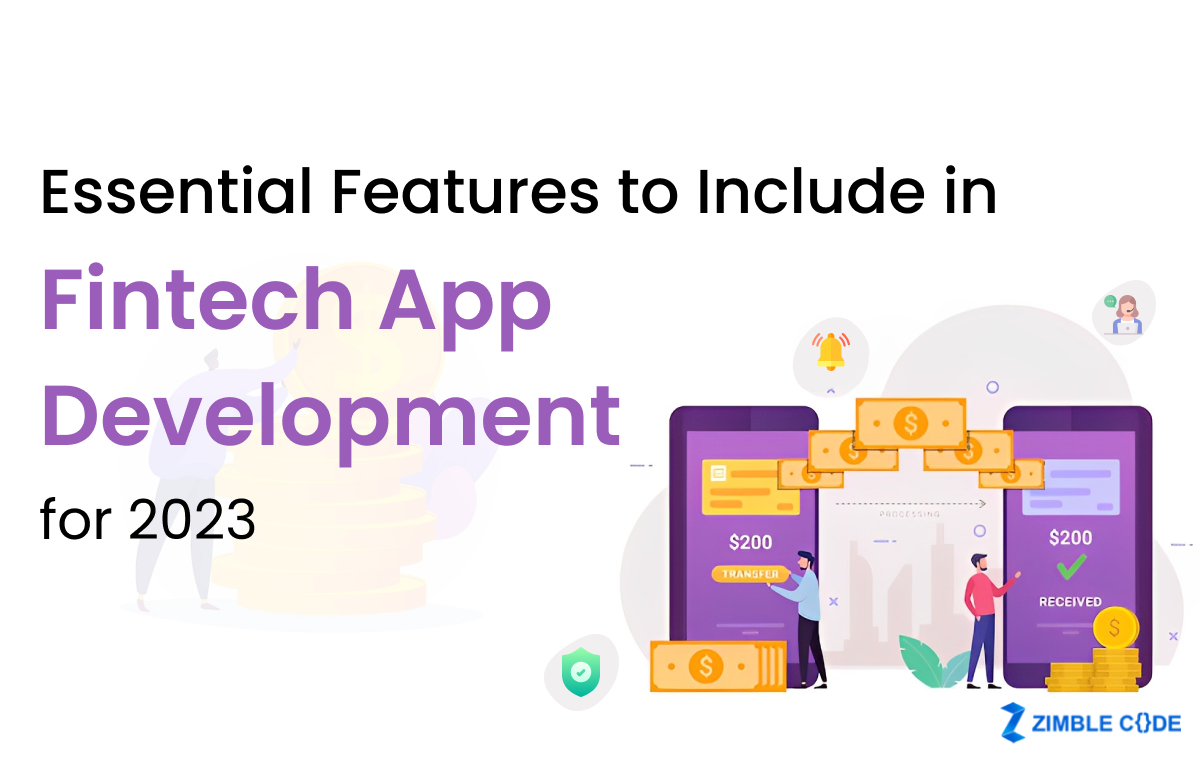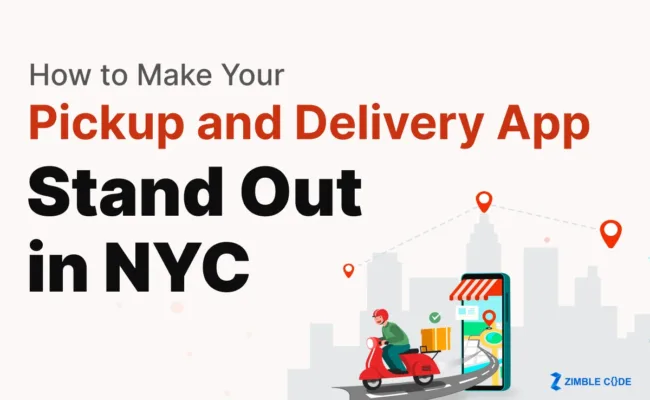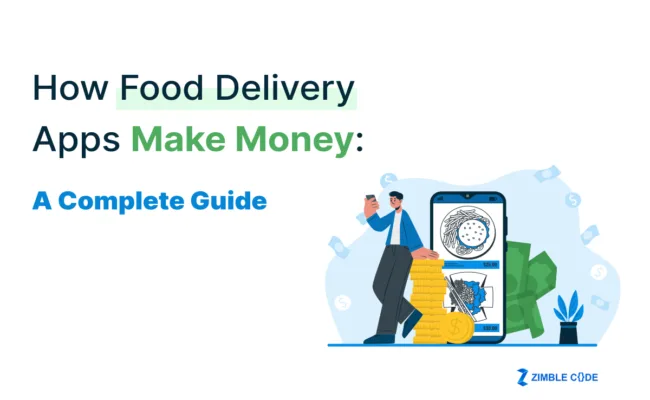The fintech sector has had a recent significant expansion, which is anticipated to keep expanding in the coming ten years. Fintech applications are evolving and offering users a more extensive choice of financial services as technology develops. With the growth of mobile technology and electronic payments, fintech apps have surged. Additionally, mobile transactions have considerably risen over the past few years, changing customer experiences and interactions online. Thus, it is critical to provide fundamental features that will draw valuable clients and preserve customer loyalty as their requirements change.
But before you invest in one, let us check the market demand for these Fintech Apps and which features can take your business to the next level!
Market Overview of Fintech Apps
- The fintech sector is expected to develop quickly and reach a value of $188 billion by 2024, from an estimated $180 billion now.
- According to a poll, 30% of fintech users prefer them to traditional banks due to their convenience and simplicity of use, and 27% of fintech users trust fintech applications more than financial institutions.
- According to a poll by Ernst & Young, 96% of customers worldwide are familiar with at least one fintech service, and 60% want to perform their financial transactions on a single platform like social media or mobile banking applications
- Furthermore, Blockchain, AI, voice technology, regulatory technology, and digital banks are among the newest fintech trends
Top five Fintech App Features for 2023!
If you want to create a fintech mobile app, financial institutions must adapt to shifting client preferences by including these features in their must-have mobile banking apps:
1. Customizable User Experience
To draw in and keep younger clients, the user experience must be customized. Depending on customers’ purchasing patterns or financial situations, it can increase consumer engagement and retention by providing them with customized information and in-app virtual assistants.
Thus, by 2023, fintech applications will integrate with other financial services like banks and credit card providers. Thanks to this connection, users will have access to a complete picture of their financial data, including account balances, transactions, and credit ratings. The ability to transfer money, pay bills, and conduct other financial operations from a single app will also make it simpler for customers to manage their accounts.
2. Customer Support Options
Numerous customer support options, including self-help, live chat, phone, and others, are available on top mobile banking apps. If users have any problems or inquiries, the app should make contacting the organization simple. Customer happiness depends on having a chatbot or direct contact with customer support agents.
Fintech apps will also provide consumers with chatbots and virtual support in 2023. Users can make transactions and manage their accounts more easily thanks to chatbots’ immediate assistance and ability to respond to their inquiries. Users of virtual help will also receive individualized financial recommendations and counseling based on their unique financial requirements and objectives.
3. Alerts and Notifications
Keep clients informed and effectively promote services based on their requirements by using alerts and notifications. To prevent irritation, users should control the kind, frequency, and mode of notification delivery.
In 2023, machine learning (ML) and artificial intelligence (AI) will significantly impact the fintech sector. Fintech applications will be able to provide customers with individualized financial services and insights thanks to AI and ML. For instance, the app may examine a user’s spending habits and offer suggestions on managing debt, investing, or saving money.
4. Secured Login
Customer security is a primary issue due to increased data breaches, cyber threats, and hackers. Users’ maximum degree of security is possible with multi-factor authentication and secure login alternatives, including biometrics, fingerprint readers, facial recognition, and codes.
Fintech applications focus highly on security, which will stay the same in 2023. Advanced security features will be required, including two-factor authentication, biometric authentication, and encryption. By doing this, users’ financial information will be safeguarded and secured against fraud and hackers.
5. Digital Payments and Gamification
Peer-to-peer (P2P) payments are gaining popularity as the world moves closer to being a cashless society. These enable users to use a mobile app to transfer money directly between accounts. Compared to third-party suppliers, P2P payments made using mobile banking applications are more reliable, safe, and cost-effective.
Additionally, Gamification will make money management for users enjoyable and exciting, motivating people to invest, save money, and make other financial decisions in 2023. For instance, the app can give users fictitious prizes for achieving financial objectives like paying off debt or saving for a vacation.
Wrapping Up!
The fintech sector is anticipated to keep expanding over the coming ten years, and fintech applications will be a big part of that expansion. In 2023, mobile-first design, sophisticated security measures, AI and ML, interaction with other financial services, chatbots and virtual support, comprehensive analytics, and other features will be the top requirements for fintech apps.
You may develop a well-designed mobile banking app with the help of a mobile app development company in Brisbane which includes all crucial features to draw in new clients, outperform your rivals, and deliver a top-notch user experience.
Read Also – 12 Trends of Mobile App Development in 2023
Frequently Asked Questions (FAQs)
Q1. What factors affect the development of fintech apps?
The app’s complexity, the features and functionality required, the development platform, and the development team’s location are responsible for affecting the cost of designing a fintech app.
Q2. How much time is required to create a fintech app?
An easy FinTech app can take three to six months to develop. However, depending on the project’s complexity, your demands, and the FinTech app development options, the time required to construct a FinTech app might reach 12–18 months.
Q3. How can developing fintech applications help your company?
Fintech applications for organizations may streamline operations, cut expenses, and automate financial procedures.









Leave A Comment